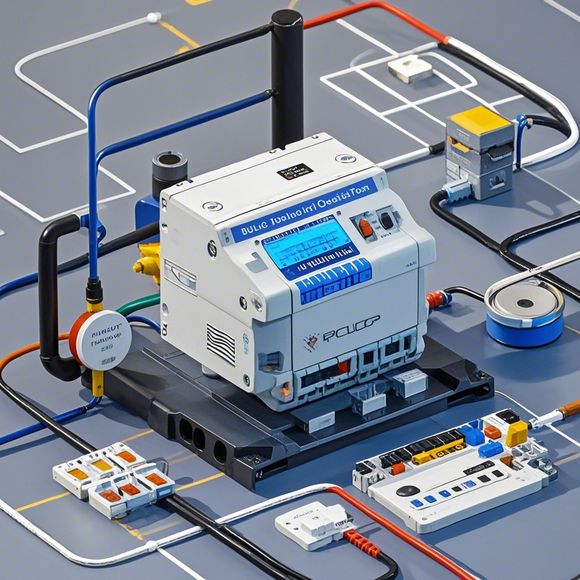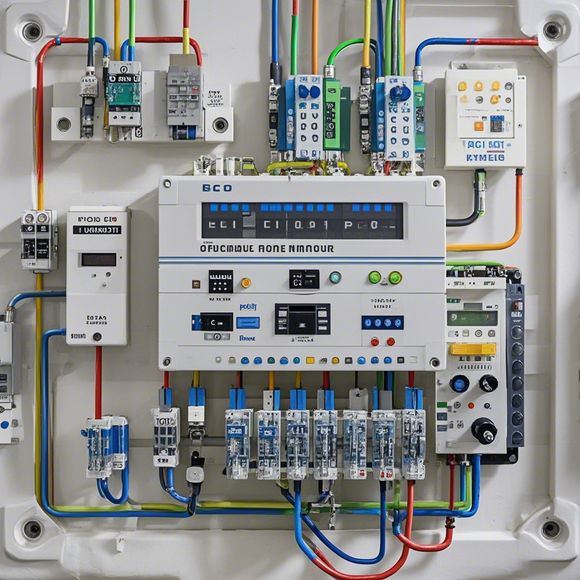PLC Control System Overview
PLC (Programmable Logic Controller) is a type of electronic device that can be programmed to perform specific tasks, such as controlling machines and systems. It is widely used in various industries, including manufacturing, construction, and automation. The PLC control system consists of hardware components such as sensors, actuators, and processors, as well as software components that allow for the programming and configuration of the system.The main functions of a PLC control system include monitoring and controlling processes, automating operations, and providing real-time feedback to users. This allows for improved efficiency, accuracy, and safety in industrial settings. Additionally, PLC systems can be customized to meet specific needs and requirements, making them ideal for complex and challenging applications.
Hello everyone! Today, I want to talk about the PLC (Programmable Logic Controller) control system. It's a powerful tool that can be used in various industries, such as manufacturing, automation, and industrial control systems.

A PLC is a computerized device that can be programmed to perform specific tasks. It consists of a microprocessor, input/output interfaces, and memory. The microprocessor is responsible for processing the instructions from the program and performing the desired actions. The input/output interfaces are used to connect to sensors, actuators, and other devices. The memory stores the program code and data needed for the operation.
The basic components of a PLC include the CPU, RAM, ROM, input/output modules, and communication modules. The CPU is the brain of the PLC, which processes the instructions and performs calculations. The RAM is used to store temporary data and programs. The ROM is used to store permanent data and programs. The input/output modules are used to connect to sensors, actuators, and other devices. The communication modules are used to connect to other systems or devices.
The programming language used by PLC manufacturers varies depending on the manufacturer. However, most PLCs can be programmed using standard languages such as ladder logic, function blocks, and structured text. Ladder logic is a visual programming method that involves drawing a series of lines and connecting them to form the desired logic. Function blocks are pre-programmed functions that can be added to the program to perform specific tasks. Structured text is a more traditional programming method that involves writing code in a specific syntax.

Once the program is written, it needs to be uploaded to the PLC. This can be done using different methods such as direct connection, serial communication, or network communication. Direct connection involves connecting the PLC to a computer via a USB cable and uploading the program manually. Serial communication involves connecting the PLC to a computer using a serial port and uploading the program using a software program like RS232C. Network communication involves connecting the PLC to a network using Ethernet cables and uploading the program using a network management software like NetMonitor.
Once the program is uploaded, the PLC can start performing its tasks. The output signals generated by the PLC can be controlled using different methods such as manual override, automatic override, or remote control. Manual override involves manually selecting the output signal that needs to be activated or deactivated. Automatic override involves automatically selecting the output signal based on predefined conditions. Remote control involves controlling the PLC from a remote location using a network connection.
In conclusion, the PLC control system is a powerful tool that can be used in various industries to automate processes, monitor equipment, and control systems. With proper programming and configuration, it can provide reliable and efficient solutions for various applications.

Content expansion reading:
Articles related to the knowledge points of this article:
PLC Controller Selection Guide for Foreign Trade Operations
PLC Controller for Manufacturing Automation
PLC Programming for Automation Control in the Manufacturing Industry
PLC Controllers: A Comprehensive Guide to Understanding Their Prices